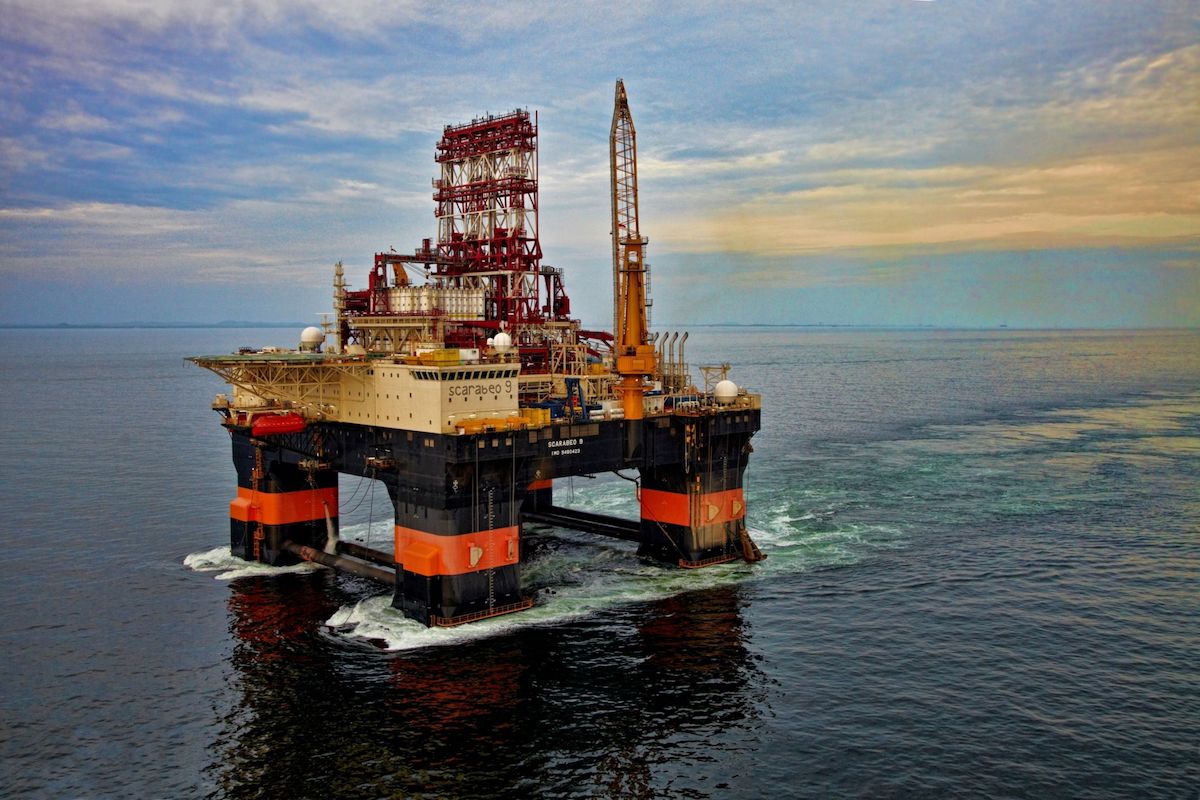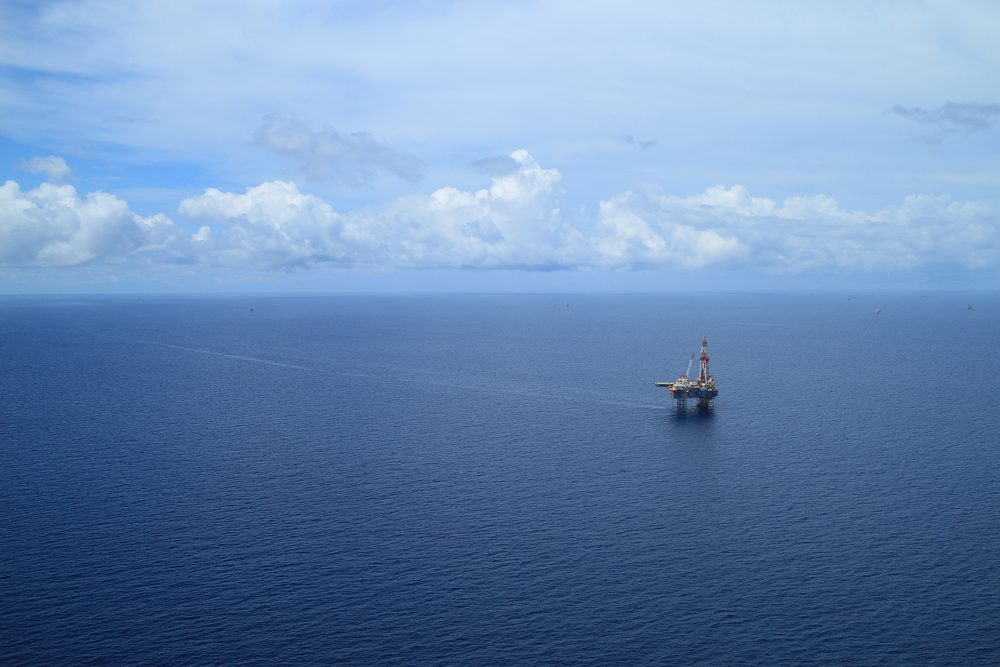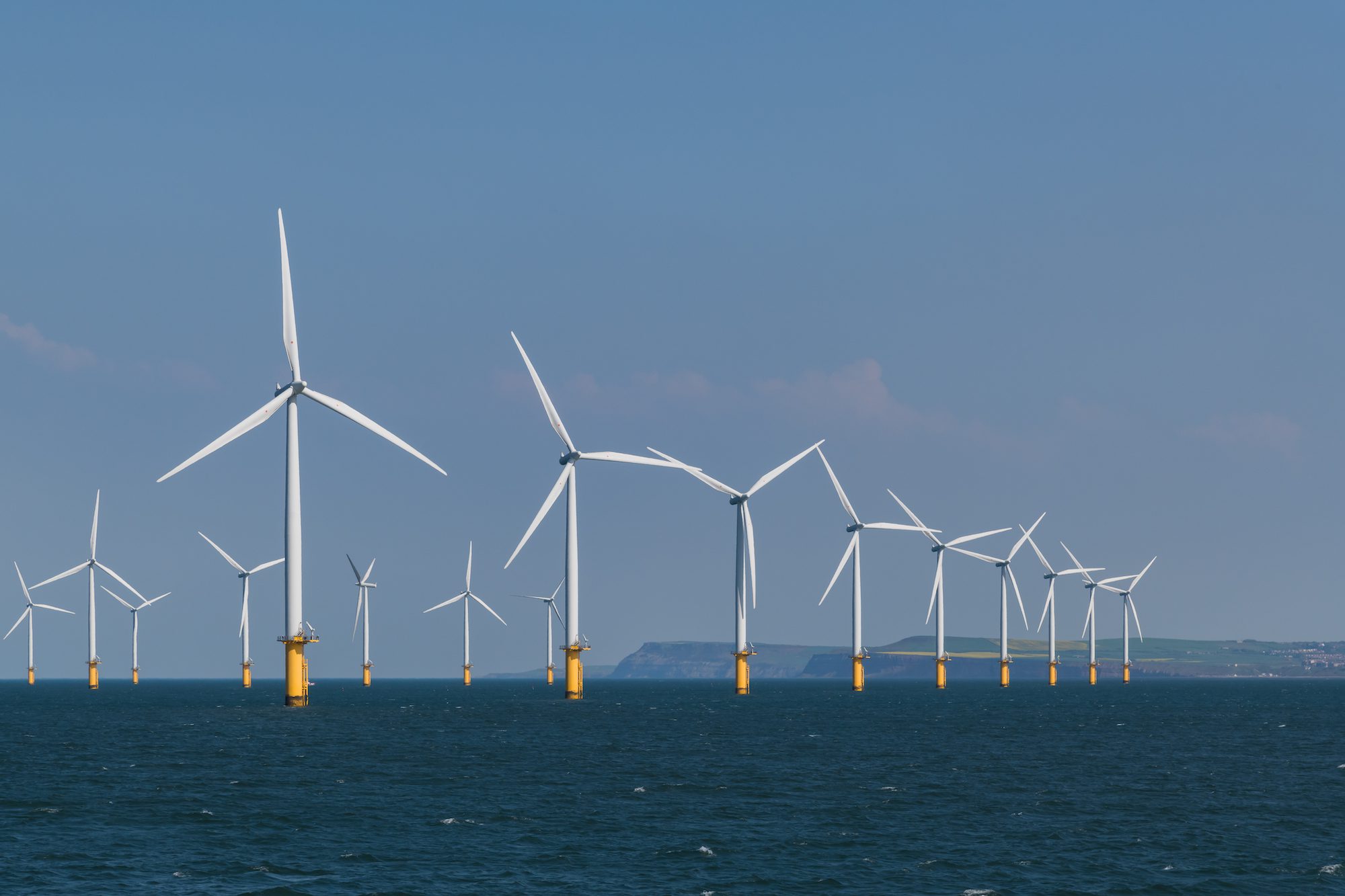The Scarabeo 9 ultra-deepwater drilling rig is designed to operate in water depth up to 12,000 ft and can drill to a depth of up to 50,000 ft. Photo: Saipem
By Jack Farchy and Chiara Albanese (Bloomberg) — The oil rig was built mostly in China and drilled its first well in Cuba. Now it’s delivering a victory for Russia in its fight against U.S. sanctions.
Italian oil giant Eni SpA and Russia’s state-controlled Rosneft PJSC are using the Scarabeo 9 ultra-deepwater rig to drill in water more than 2,000 meters (6,600 feet) deep in the Black Sea. It’s the first well drilled by a western company at a Russian oil project that falls squarely under U.S. sanctions imposed on the sector in 2014.
For Vladimir Putin, it’s a second energy-sector victory in a little over a week after the $27 billion Yamal liquefied natural gas project started shipping cargoes despite U.S. sanctions against its controlling shareholder.
“It is important not because of the size, but from a geopolitical perspective it is key,” said Alejandro Demichelis, director at boutique investment bank Hannam & Partners. “Eni and the Italians in general have been closer to Russia than they have been to the U.S., at least in terms of oil and gas. They have always been on Putin’s side to solve problems.”
Rosneft Chief Executive Officer Igor Sechin said on Monday that drilling had started on the Maria-1 well in the past few days, highlighting the “technological complexity” of the project.
Legal Loopholes
It’s also legally complex. Indeed, a request from Exxon Mobil Corp. earlier this year for a sanctions waiver to drill with Rosneft at a nearby license was rejected by the U.S. government.
For Eni to drill the well, which falls under U.S. and European sanctions targeting Russian shale, Arctic and deepwater oil development, the Italian company had to exploit a series of loopholes.
First, while European Union sanctions largely mirror those of the U.S., they do allow the “grandfathering” of projects that were agreed before sanctions were imposed.
Second, the Scarabeo 9, which is owned by Saipem SpA, is no ordinary deepwater rig. It was built mostly in China, to a Norwegian design. That means it sidesteps U.S. trade sanctions that restrict the use of U.S.-made or -designed equipment, even by non-U.S. companies.
The rig’s first outing in 2012 was to drill for Repsol SA off Cuba.
Made in China
“The Scarabeo 9 is one of the very few units in the industry which is using a technology which is not an American one,” Saipem’s then CEO Pietro Franco Tali told investors before its maiden voyage to Cuba.
In a letter to the U.S. Securities and Exchange Commission in 2014, National Oilwell Varco Inc. confirmed it had sold a blow-out preventer, a key piece of high-tech kit, to Scarabeo 9 before the Cuba project. The Houston-based company said it stopped providing equipment to the rig as soon as it knew where it would be operating.
Earlier this year, the rig spent several months in port in the Canary Islands to make its towers bendable so it could pass through the Bosphorus and get to the Black Sea.
Eni and Saipem discussed the drilling campaign with the U.S. and Italian governments and received authorization to proceed, according to people familiar with the matter who asked not to be named because the talks were private.
Eni and Saipem declined to comment.
Frontier Well
Sechin said on Monday that the West-Chernomorsky block where Eni and Rosneft are drilling could contain 600 million tons of oil and 100 billion cubic meters of gas.
“You have quite a large chance of finding something there,” said Christian Boermel, senior Russia analyst at consultants Wood Mackenzie, though he added that it remained unproven. “It’s very much a frontier well.”
Still, analysts said Eni’s main objective was probably to maintain good relations with Rosneft, which recently paid $1.125 billion for a stake in the Italian company’s Zohr field off Egypt.
Rosneft had originally agreed to develop the Black Sea license with Chevron Corp. in 2010, before the U.S. company walked away after drilling a dry well in nearby Turkish waters.
Tightening Sanctions
Eni’s Black Sea well may end up being an outlier rather than a trendsetter. A new law passed by U.S. congress this year strengthens sanctions on the Russian oil industry by extending them to any non-U.S. person who “knowingly makes a significant investment” into a Russian deepwater, shale or offshore Arctic project after Sept. 1, 2017.
Eni’s Black Sea project was able to proceed in spite of this and thanks to lobbying by the Italian government and the fact the company had agreed to the drilling program before sanctions were imposed, according to a person familiar with the matter. The company is unlikely to drill more than one well in the area, said another person.
Still, the drilling sets a new benchmark for the ability of companies from U.S. allies to work in Russia’s oil sector.
A Japanese group’s plans to explore for oil with Rosneft off the coast of Sakhalin were stymied earlier this year after the U.S. objected, saying that G-7 allies shouldn’t “backfill” sanctions by allowing their companies to carry out projects barred to U.S. ones.
“It clearly gives Eni an advantage in terms of their relationship with Rosneft,” said James Henderson, a Russian oil expert at the Oxford Institute of Energy Studies. “You can understand why Exxon are upset about that.”
© 2017 Bloomberg L.P

 Join The Club
Join The Club











